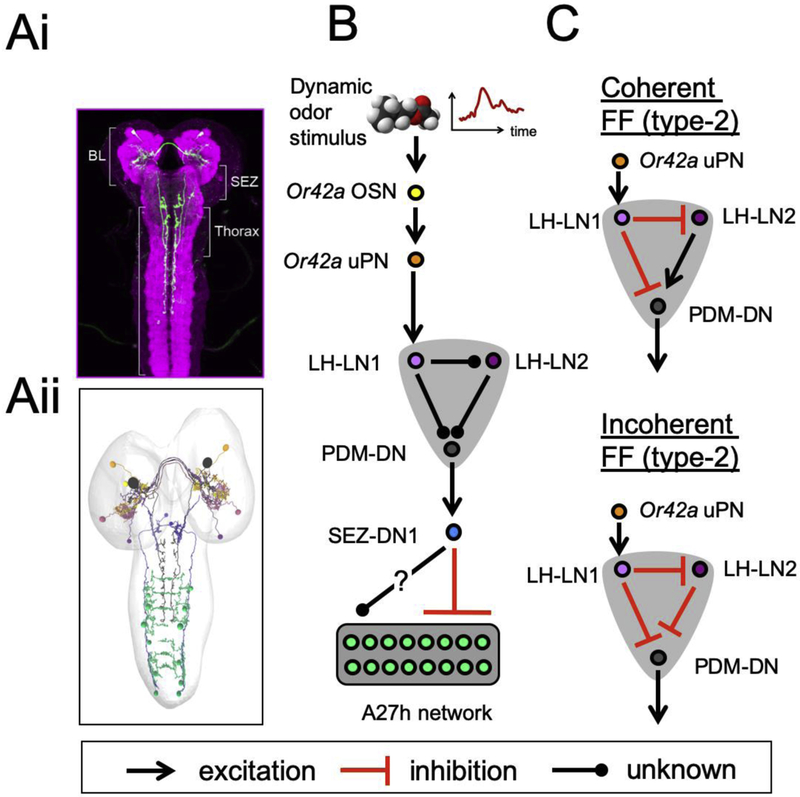Figure 4: Sensorimotor pathway that controls run-to-stop transitions downstream from the Or42a OSN.
(A) Anatomy of the PDM-DN descending neuron that plays a critical role in the timing of run-to-stop transitions. The optogenetic activation of this neuron triggers near deterministic stops. In panel 4Ai, the PDM-DN neuron is labeled by the green fluorescent protein (light scanning microscopy). BL stands for brain lobes, SEZ for subesophageal zone. In panel 4ii, the main upstream and downstream partners of PDM-DN are reconstructed using electron microscopy (EM). In the EM circuit diagram, PDM-DN is labeled in black. (B) Outline of the main sensorimotor pathway linking PDM-DN to the pre-motor system (A27h network) and the olfactory system (Or42a and Or42b OSNs). Two neurons upstream from PDM-DN form a feedforward microcircuit. The sign (excitation/inhibition) of the edges of this diagram is still uncharacterized. PDM-DN has been shown to be cholinergic: it activates SEZ-DN1. In turn, SEZ-LN1 is GABAergic: it inhibits the activity of the A27h network thought to organize forward peristalsis. Strikingly, the inhibition is restricted to the most posterior abdominal segments where peristalsis is initiated. The activity of SEZ-DN1 is likely to impact other motor programs through pathways that have not been traced yet (arrow with question mark). The notation convention of the interaction signs is shown at the bottom of the figure. (C) Hypothetical feedforward (FF) motifs of the LH-LN microcircuit directly upstream from PDM-DN. (Top) The coherent FF “type-2” (nomenclature according to [54]) assumes that LH-LN1 is inhibitory while LH-LN2 is excitatory. As a result, strong activity of Or42a uPN during upgradient would activate LH-LN1, which would suppress LH-LN2 and PDM-DN. Thus, negative gradients would promote the activity of PDM-DN through a release of the inhibition of LH-LN1 and/or through the disinhibition of LH-LN2. (Bottom) The incoherent FF type-2 motif assumes that both LH-LN1 and LH-LN2 are inhibitory. The expected dynamics of this motif is more ambiguous: during downgradient runs, the low activity of Or42a uPN is expected to release the suppression of PDM-DN by LH-LN1. At the same, low activity of LH-LN1 could enable the activity of LH-LN2, which in turn would suppress PDM-DN. This last result would be inconsistent with the fact that PDM-DN is activated during downgradient runs. Material from this figure is adapted from [50].

